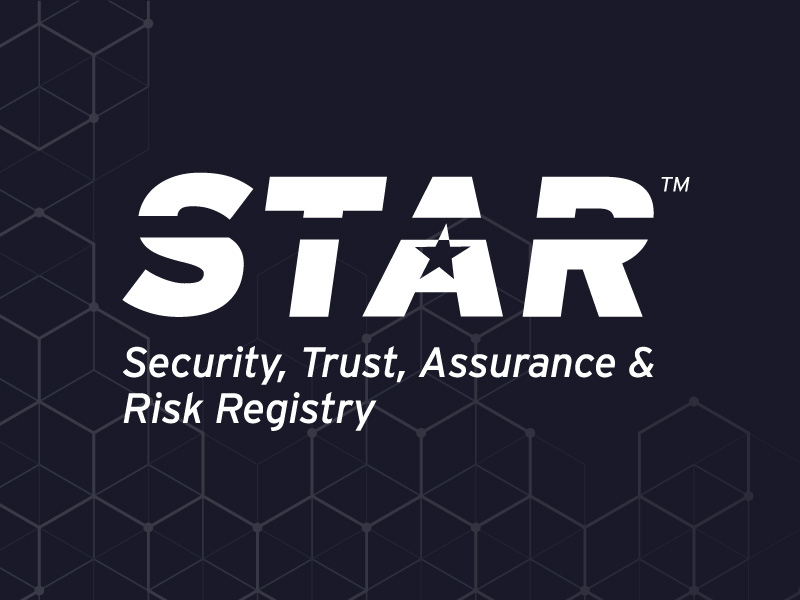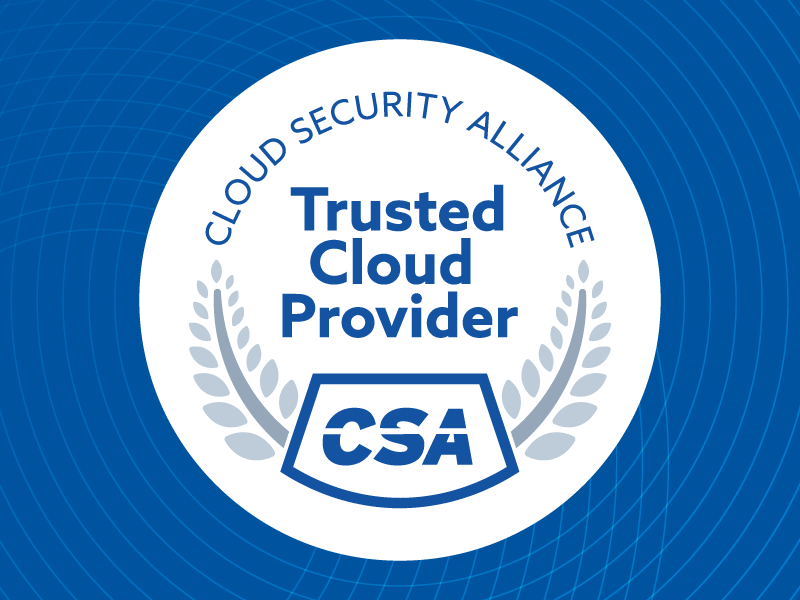Hypervisor Security in Finance: Why Virtual Infrastructure is a Growing Ransomware Target
Published 10/30/2025
Written by Chris Goodman, Vali Cyber.
Imagine a financial institution where all virtual machines—responsible for everything from customer transactions to trade executions—suddenly go dark. Operations freeze, data is locked, and millions are at stake. This is no hypothetical scenario; it’s the reality facing finance today as ransomware operators increasingly target hypervisors, the backbone of virtualized infrastructure. With over 65% of organizations already reporting ransomware incidents this year, the need for robust hypervisor security has never been more critical. This blog explores why hypervisors have become prime targets for ransomware operators and how financial organizations can strengthen their defenses against these high-impact attacks.
Today’s financial sector relies heavily on virtualized environments to manage immense data loads efficiently and cost-effectively. At the core of this setup are hypervisors, which enable institutions to consolidate servers, optimize resource use, and maintain seamless service delivery. But with this reliance on virtualization comes a new vulnerability: hypervisors have become prime targets for ransomware attacks. A successful breach of a hypervisor can set off a chain reaction of disruptions, compromising critical services and risking financial losses that could devastate any institution.
Ransomware Attacks on Hypervisors are Rising
Ransomware attacks targeting hypervisors have surged, with a notable increase in campaigns exploiting VMware ESXi. Operators now favor these environments for their efficiency: encrypting one hypervisor can take down every VM it manages. According to recent analysis, ESXi-targeting incidents have more than doubled over the past three years.
Attackers exploit everything from outdated software to social engineering to gain access to hypervisors. Once inside, they deploy ransomware to lock down critical systems—forcing institutions to choose between paying or enduring costly downtime. Despite this growing risk, fewer than half of organizations have formal ransomware response plans, leaving them exposed to fast-moving infrastructure-layer attacks.
Financial institutions as a target
Financial institutions hold high-value targets: customer records, transaction histories, and proprietary systems. The average cost of a ransomware incident in finance reached $2.58M in 2024, with consequences extending far beyond money. Downtime disrupts operations, erodes customer trust, and increases the risk of regulatory penalties. When hypervisors are compromised, access to ATMs, trading systems, and internal apps can vanish in seconds—turning a single breach into a system-wide crisis.
So, what’s the solution?
To reduce the risk of hypervisor-based ransomware, financial organizations should implement the following best practices:
Patch regularly: Apply updates to close known vulnerabilities in hypervisors and management tools.
Enforce MFA: Secure privileged access with multi-factor authentication, especially for SSH and remote administration.
Control execution: Use allowlisting or runtime controls to prevent unauthorized binaries or scripts.
Isolate compromised systems: Use network segmentation, quarantine capabilities, and virtual patching to limit spread.
Develop an IR plan: Build and test an incident response plan that includes hypervisor-specific recovery workflows.
A ransomware attack on hypervisors is a formidable threat. Taking proactive steps to secure virtualized environments is more than a defensive strategy—it’s an investment in the stability and trust customers depend on.
Unlock Cloud Security Insights
Subscribe to our newsletter for the latest expert trends and updates
Related Articles:
Zero Trust for OT in Manufacturing: A Practical Path to Modern Industrial Security
Published: 12/08/2025
AI Explainability Scorecard
Published: 12/08/2025
Microsoft Entra ID Vulnerability: The Discovery That Shook Identity Security
Published: 12/08/2025





.jpeg)
.jpeg)
.jpeg)
.jpeg)